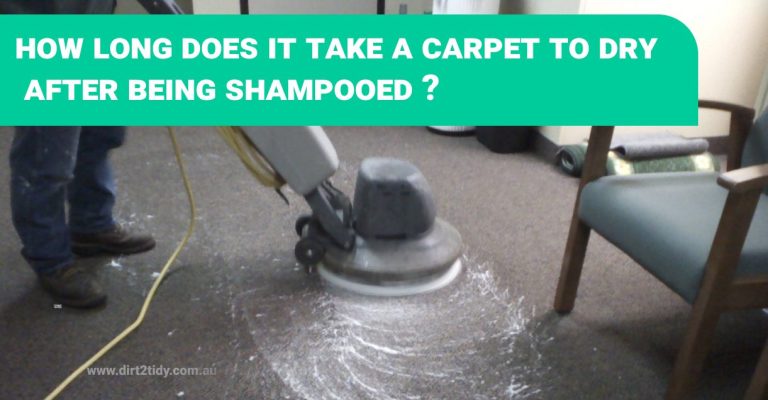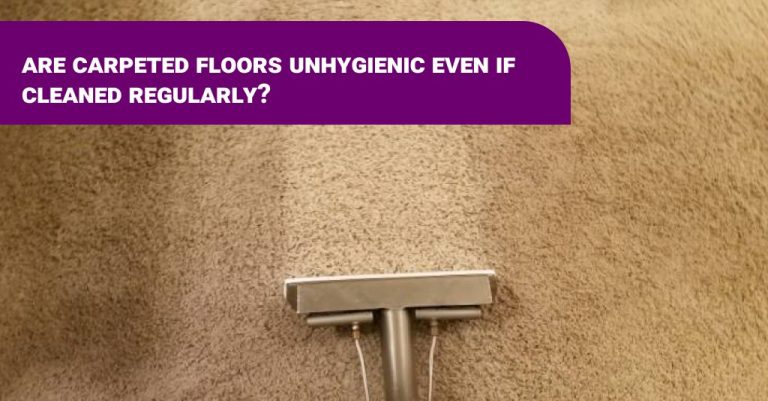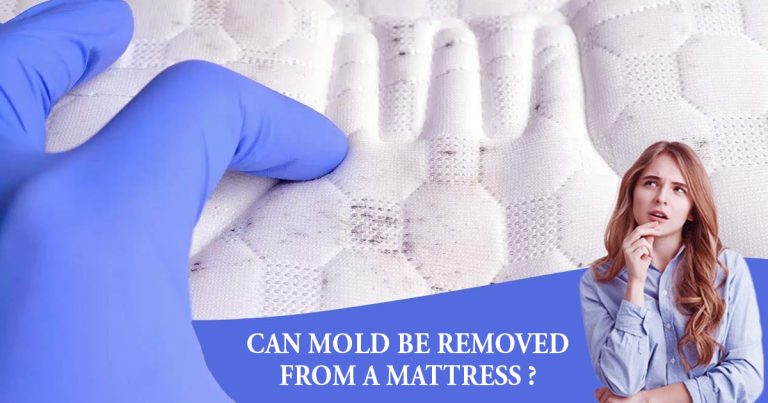Table of Contents
Shopping for carpet may be challenging due to the fact that it is quite hard for the typical buyer to judge the high quality of the carpet simply by looking at it. There are a lot of qualities that aren’t immediately obvious, but they all add up to the carpet’s total quality.
In order to arrive at an accurate assessment of the carpet’s quality, each of its aspects must first be fully comprehended and then taken into account by the weight of the carpet pile per square yard.
The overall quality of a carpet may be determined by a number of different characteristics, which are listed below. There is no one aspect that should be considered in a vacuum. Rather, it is the combination of all of the components in the right proportions that will determine the level of performance, the level of durability, and the level of lifespan of a residential carpet.
Understanding Carpet Face Weight: What It Really Means for Durability
The weight of a carpet’s pile measured in ounces per square yard is known as the face weight, and it varies depending on the type of fiber used.
However, thanks to extensive marketing campaigns, many customers mistakenly believe that face weight is the ultimate indicator of a carpet’s durability. It’s a common misconception that a cut-pile carpet with a higher face weight is automatically more durable. In reality, several factors contribute to a carpet’s durability, including fiber type, construction method, and density not just the face weight alone.
Ideal Face Weight for Durable Carpets
Face weight is an important factor in carpet durability, but not the only one. For most residential spaces, a face weight of 34–40 ounces per square yard offers good resilience against daily foot traffic, making it ideal for living rooms, hallways, and busy areas.
Remember, higher face weight alone doesn’t guarantee longevity. Consider fiber type, density, and construction too. Carpets in the mid-30s to 40-ounce range strike the perfect balance of comfort, durability, and practicality.
Carpet Density: Key to Durability
Carpet density measures how tightly the fiber tufts are packed into the backing, factoring in both tuft spacing and pile yarn amount. Higher density generally indicates a more durable carpet that resists matting and “ugly out” wear.
For most spaces, a density of 4,000 –7,000 is ideal, with high-traffic areas like hallways or living rooms benefiting from 5,000+. Choosing the right density helps your carpet maintain its appearance and withstand daily foot traffic.

Stitches Per Inch and Carpet Durability
Another crucial but often overlooked indicator of carpet quality is the number of stitches per inch that is, how many yarn tufts are packed into a single linear inch of your carpet. Think of it like the thread count in Egyptian cotton sheets: the higher the count, the tighter and denser the material is likely to be.
A carpet with more stitches per inch generally means the tufts are placed closer together, resulting in a firmer, more resilient surface. This increased density helps the carpet retain its shape and stand up to heavy foot traffic, ensuring it wears evenly over time rather than becoming patchy or matted.
So, while you’re sizing up your next carpet, take a moment to count those stitches. Higher numbers typically translate to greater durability an important factor for any home looking to invest in flooring that will withstand years of life’s comings and goings.
Fiber Twist: A Key Indicator of Carpet Quality and Durability
The twist of carpet fibers is a key indicator of quality, often overlooked. Fiber twist refers to how many times strands are twisted per inch (TPI). You can check this by measuring a 1-inch fiber and counting its twists; if shorter, measure half an inch and double the count.
A twist number of 5 or more means greater durability fibers resist untwisting, crushing, and wear, keeping carpets looking fresh in high-traffic areas. Lower twist numbers lead to faster matting and a worn look. In short: the higher the twist, the longer your carpet lasts.
Carpet Fiber Types and Manufacturer Warranties
The type of fiber greatly affects a carpet’s quality and performance. Common synthetic fibers include nylon, polyester, olefin (polypropylene), and triexta, while natural fibers like wool and sisal are also valued for their durability and feel. Each fiber has unique properties, making some better suited for certain spaces or traffic levels.
Most carpets come with a manufacturer’s warranty, but it’s important to understand terms like “texture retention,” “abrasive wear,” and any exclusions. Warranties help protect your investment and indicate the carpet’s expected lifespan.
The Value of a Texture Retention Warranty
When weighing your carpet options, pay close attention to whether the manufacturer offers a texture retention warranty. This type of warranty is more than just fine print it’s a sign that the carpet is built to maintain its original appearance and performance over time.
Why does this matter? Without that assurance, carpets especially those in busy family rooms or bustling hallways can gradually lose their spring and resilience. The fibers may begin to untwist, flatten, or look matted long before the carpet is truly worn through, making even a relatively new floor look prematurely tired.
A texture retention warranty effectively means the manufacturer stands behind the carpet’s ability to resist this kind of visible wear. In other words, it’s added peace of mind that your investment will keep its shape, feel, and look for years to come. Before committing, double-check the warranty details: look for clear language about texture or appearance retention, and don’t hesitate to compare policies between brands to see who’s really backing up their claims.
Color Application and Its Influence on Carpet Performance
The method by which color is incorporated into carpet fibers has a direct bearing on both durability and long-term appearance. Generally, two primary techniques are used: solution dyeing and stock dyeing. Understanding the difference can help you select the best option for your household’s needs.
When a carpet fiber is solution dyed, the color is added to the fiber while it is still in a liquid state before being spun into yarn. This approach infuses the color throughout the entire fiber, not just on the surface. The result? Carpets that resist fading whether from sunlight, cleaning agents like bleach, or general wear and tear making them particularly well suited for sunny rooms or busy households where spills are frequent.
By contrast, stock dyeing introduces color after the fiber is formed but before it’s spun. While this allows for a greater variety of shades and often comes at a lower cost, the color does not penetrate all the way through the fiber. Over time, heavy cleaning or exposure to harsh chemicals may cause these carpets to show signs of wear or color loss more quickly than their solution-dyed counterparts.
In summary:
- Solution-dyed fibers tend to offer the greatest resistance to fading and chemical exposure.
- Stock-dyed fibers provide a wider array of colors but may be slightly less resilient in areas subject to strong sunlight or frequent cleaning.
The way a carpet receives its color is just as important as the type of fiber itself, especially when considering the longevity and vibrancy of your flooring choice.
Style of Carpeting
The pattern of the carpet can have an effect on how well it performs. Saxony, Berber, frieze, and cut-and-loop carpets are the four kinds of household carpeting that are most frequently found. While it is true that each type of carpet comes in a variety of characteristics, certain types of carpet are more appropriate for high-traffic areas than others.

Understanding Carpet Pile Types
Carpet piles come in two main types: cut pile and loop pile.
- Cut pile: Fibers are cut at the surface, creating upright tufts. These can be uniform (Saxony) for a smooth look or varied (frieze) for texture. High-quality versions use tightly twisted, heat-set yarns for strength. Though plush and luxurious, cut piles are generally less durable than loops.
- Loop pile: Loops remain uncut, making carpets denser and more durable, ideal for high-traffic spaces.
Cut pile carpets are versatile, soft underfoot, and great for bedrooms and living rooms, while loop piles excel in busy areas where resilience matters.
Loop pile carpets feature yarn loops pulled through the backing. Loops can be uniform for a consistent look or varied for patterns (cut-and-loop styles). Loop piles are resilient, springing back after pressure, making them ideal for high-traffic areas. Short, tight loops resist wear and dirt, while multilevel loops conceal footprints and traffic marks, keeping the carpet looking fresh.
By understanding pile types and construction, you can choose a carpet that balances style, durability, and performance for your space. Breaking the process into these key elements makes selecting the right carpet simpler and less overwhelming.
Which carpeting material is the most resilient?
The two most resilient of the five fundamental types of fiber are wool and nylon. The carpet’s fundamental functionality and appearance are determined by the type of fiber employed. On a specification sheet normally found on the sample’s back is a list of the fiber composition.
Five Different Carpet Fibers
Carpets generally fall into five main fiber categories, each with unique characteristics, performance levels, and price points:
- Wool – The benchmark for performance and luxury. Wool is soft, strong, and naturally stain-resistant, but it is expensive, costing $50–$100 per square yard. Despite its quality, it accounts for only about 3% of carpet sales.
- Nylon – Second to wool in strength and feel, nylon is highly resilient, colorfast, and dirt-resistant. Most carpet sales nearly 60% are nylon. Prices range from $18–$35 per square yard, though some enhanced nylons match wool in quality and price.
- Olefin (Polypropylene) – Ideal for low-pile carpets, indoor/outdoor use, and industrial spaces. It is strong, water- and stain-resistant but less durable than nylon for high-pile carpets. Loop-pile olefin carpets rebound well under pressure, making them suitable for high-traffic areas. Cost: $9–$16 per square yard.
- Polyester – Known for its soft, luxurious texture and excellent color retention. Polyester resists stains well but is less durable than nylon. Cost: $11–$19 per square yard.
- Acrylic – Resembles wool in appearance and texture, moisture- and mildew-resistant, but prone to pilling and fuzzing. Commonly used in bathroom carpets rather than full-room installations. Cost: $10–$15 per square yard.
By understanding the differences between these fibers, you can select a carpet that balances durability, comfort, and budget for your specific space.
A cleaner, brighter, happier home is just one click away! Book now and enjoy the magic of professional cleaning.





